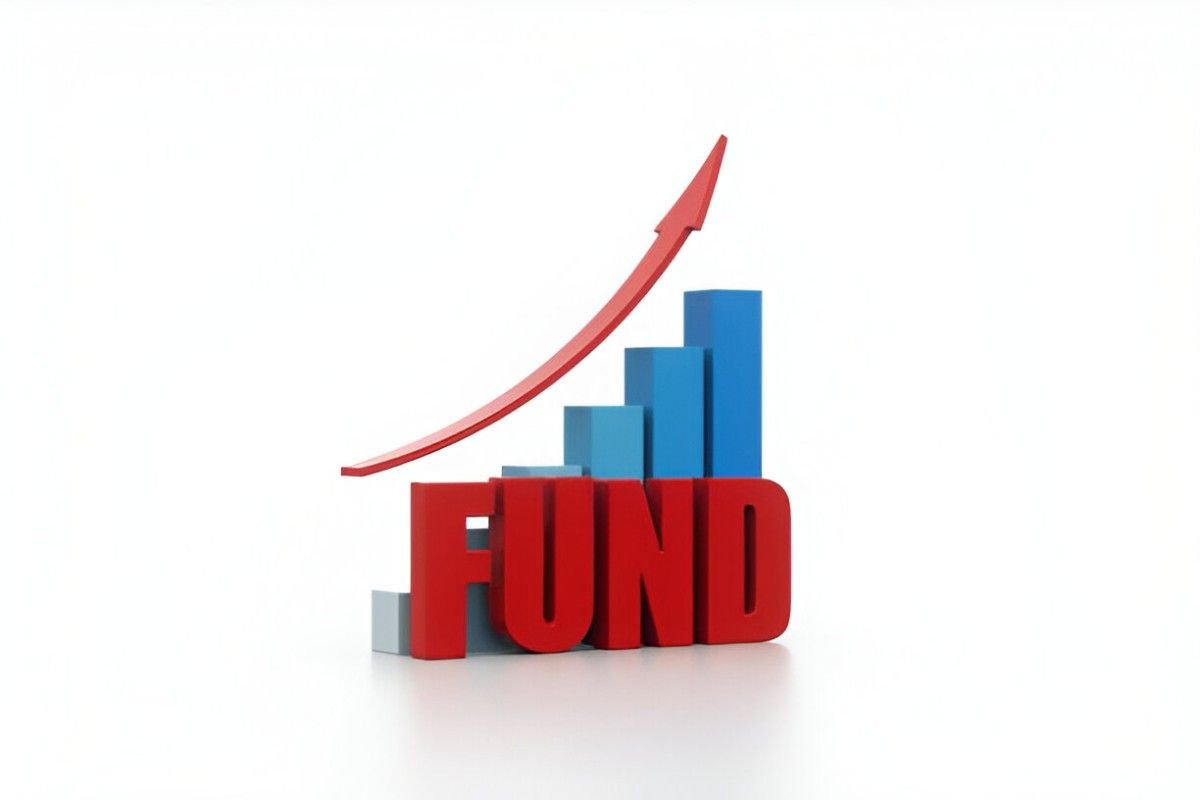Introduction
As a finance professional, I often encounter investors who wonder whether active mutual funds justify their fees. The debate between active and passive investing has raged for decades, yet many still seek the potential upside of skilled fund managers. In this article, I dissect active mutual fund performance, examining historical returns, risk-adjusted metrics, and the factors that influence success or failure.
Table of Contents
What Are Active Mutual Funds?
Active mutual funds employ portfolio managers who handpick securities with the goal of outperforming a benchmark index, such as the S&P 500. Unlike passive funds that track an index, active funds rely on research, market timing, and individual stock selection.
Key Characteristics:
- Higher Expense Ratios: Active funds charge more due to research and management costs.
- Turnover Rates: Frequent trading increases transaction costs and tax implications.
- Alpha Generation: The goal is to deliver excess returns (\alpha) above the benchmark.
Measuring Performance: Key Metrics
To evaluate active funds, I rely on several performance indicators:
1. Absolute Returns
The raw percentage gain or loss over a period. While useful, it doesn’t account for risk.
2. Risk-Adjusted Returns
Sharpe Ratio (S = \frac{R_p - R_f}{\sigma_p}) measures returns per unit of risk. A higher Sharpe ratio indicates better risk-adjusted performance.
3. Alpha and Beta
- Alpha (\alpha): Excess return after adjusting for market risk.
- Beta (\beta): Sensitivity to market movements.
4. Expense Ratio Impact
Fees erode returns. A fund with a 1.5% expense ratio must outperform by at least that margin to justify costs.
Historical Performance: Active vs. Passive
The SPIVA (S&P Indices vs. Active) scorecard reveals a sobering truth: most active funds underperform their benchmarks over the long term.
Table 1: Percentage of U.S. Active Funds Underperforming Benchmarks (10-Year Period)
| Category | Underperformance Rate |
|---|---|
| Large-Cap Funds | 85% |
| Mid-Cap Funds | 88% |
| Small-Cap Funds | 83% |
Source: SPIVA U.S. Scorecard 2023
Why Do Active Funds Struggle?
- High Costs: Expense ratios, trading fees, and taxes eat into returns.
- Market Efficiency: In efficient markets, beating the index consistently is tough.
- Behavioral Biases: Managers may chase trends or hold losing positions too long.
Case Study: A Top-Performing Active Fund
Consider the American Funds Growth Fund of America (AGTHX), which has outperformed the S&P 500 over certain periods.
Key Metrics (10-Year Annualized):
- Return: 12.1% (vs. S&P 500’s 11.8%)
- Expense Ratio: 0.62%
- Sharpe Ratio: 0.82 (vs. 0.78 for S&P 500)
Despite its success, AGTHX is an exception rather than the rule.
The Role of Fund Manager Skill
Not all active funds fail. Some managers demonstrate skill, but identifying them beforehand is challenging. I use these filters:
- Consistency: 5+ years of outperformance.
- Low Turnover: Reduces costs and tax drag.
- Reasonable Fees: Expense ratios below 1%.
Example Calculation: Fee Impact
If Fund A returns 8% with a 1.5% fee and Fund B returns 7% with a 0.2% fee, over 20 years, a $10,000 investment grows to:
- Fund A: 10,000 \times (1 + 0.065)^{20} = \$35,236
- Fund B: 10,000 \times (1 + 0.068)^{20} = \$38,697
Lower fees often lead to better long-term outcomes.
Behavioral Pitfalls in Active Investing
Investors often chase past winners, only to buy high and sell low. Studies show that investor returns lag fund returns due to poor timing.
Table 2: Investor Returns vs. Fund Returns (2000-2020)
| Metric | Average Annualized Return |
|---|---|
| Fund Return | 6.1% |
| Investor Return | 4.2% |
Source: Dalbar QAIB Study
Tax Efficiency: Active Funds Fall Short
Frequent trading triggers capital gains taxes. A high-turnover fund can erode after-tax returns by 1-2% annually.
When Active Funds Make Sense
Despite the challenges, active funds may excel in:
- Less Efficient Markets: Small-cap or emerging markets.
- Specialized Strategies: High-yield bonds, sector-specific funds.
- Downside Protection: Some managers reduce losses in bear markets.
Final Thoughts
While a few active funds outperform, the odds favor low-cost index funds for most investors. If you pursue active funds, focus on low fees, proven managers, and long-term consistency.





